How do you maintain a generator battery?
The reliability of any standby power system ultimately depends on its most vulnerable component: the battery. A generator can have a perfectly maintained engine and alternator, but if the battery fails, the entire system remains inactive during a power outage. Proper generator battery maintenance is not merely a recommendation—it is the cornerstone of ensuring your backup power system activates reliably when needed most. Understanding and implementing a consistent maintenance routine can prevent up to 80% of generator starting failures, protecting your operations from costly downtime.

Routine Inspection Checklist
A simple, regular visual inspection can identify most potential battery problems before they lead to failure. This should be conducted monthly and before any planned extended operation.
Terminal Check: Look for corrosion, which appears as a white, blue, or greenish crusty deposit. Ensure connections are tight and free of loose debris.
Case Inspection: Check the battery case for any cracks, bulges, or leaks. These can indicate internal failure or freezing damage.
Electrolyte Levels (for flooded batteries): Verify that the fluid level is between the minimum and maximum marks. Use only distilled water to top up if necessary.
General Condition: Ensure the battery is clean and securely mounted in its tray to prevent vibration damage.
Essential Maintenance Procedures
Beyond visual checks, a systematic approach to physical maintenance is crucial for longevity. A comprehensive generator battery maintenance protocol involves these key tasks:
Cleaning Terminals:
Disconnect the cables (negative terminal first).
Clean terminals and cable ends with a solution of baking soda and water using a wire brush.
Rinse with clean water and dry thoroughly before reconnecting (positive terminal first) and applying a thin layer of anti-corrosion spray or petroleum jelly.
Testing Voltage and Specific Gravity:
Voltage Test: Use a multimeter to check the open-circuit voltage. A fully charged 12V battery should read approximately 12.6V-12.8V. A reading below 12.4V indicates a state of discharge requiring recharge.
Specific Gravity Test (for flooded batteries): Use a hydrometer. A fully charged battery will have a specific gravity of 1.265 or higher. Variations of more than 0.05 between cells indicate a failing cell.
Performing Equalization Charges (for flooded batteries): This controlled overcharge helps to mix the electrolyte and dissolve sulfate crystals from the plates, a key step in advanced generator battery maintenance.
Troubleshooting Common Issues
Recognizing and addressing common battery problems early can prevent unexpected failures.
Battery Fails to Hold Charge:
Likely Causes: Old age (typical lifespan is 3-5 years), internal short circuit, or a faulty charging system (generator alternator/charger).
Action: Load test the battery and inspect the generator's charging circuit.
Rapid Clicking Sound When Starting:
Likely Cause: The battery has enough power to engage the solenoid but not enough to crank the engine. This indicates a weak or undercharged battery.
Action: Charge the battery and retest. If it continues, the battery may need replacement.
Excessive Corrosion:
Likely Cause: Overcharging, which produces excessive gassing, or electrolyte spills.
Action: Check the voltage output of the generator's battery charger and adjust if necessary.
Preventive Maintenance Schedule
Adhering to a structured schedule is the most effective way to ensure battery health. Proper generator battery maintenance is proactive, not reactive.
Monthly:
Visual inspection for corrosion and damage.
Check and record open-circuit voltage.
Every 6 Months:
Clean terminals and connections.
Check electrolyte levels (if applicable).
Perform a specific gravity test (if applicable).
Ensure the battery charger is functioning correctly.
Annually:
Perform a professional load test to assess the battery's actual cranking capability and reserve capacity.
Tighten all hold-down hardware.
Review the age of the battery and plan for proactive replacement if it is nearing the end of its service life.
Conclusion
The generator battery is a small component with a massive responsibility. Neglecting its care is the most common reason for standby system failure. A disciplined approach to generator battery maintenance, encompassing regular inspection, cleaning, testing, and timely replacement, is a simple and cost-effective insurance policy for your critical power needs.
Our technical support team can assist with battery selection, maintenance protocols, and troubleshooting. For professional guidance, please contact us at skala@whjlmech.com.
References
- IEEE Power & Energy Society. (2017). IEEE Recommended Practice for Maintenance, Testing, and Replacement of Vented Lead-Acid Batteries for Stationary Applications. IEEE Std 450-2017.
- Battery Council International. (2022). BCI Lead-Acid Battery Technical Manual.
- National Fire Protection Association. (2022). Standard for Emergency and Standby Power Systems (NFPA 110).
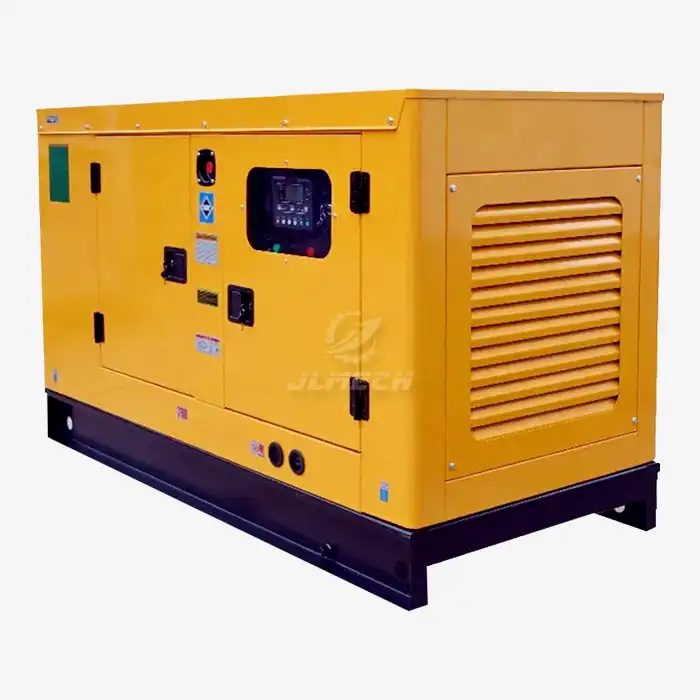 VIEW MOREWater-Cooled Silent Diesel Generator
VIEW MOREWater-Cooled Silent Diesel Generator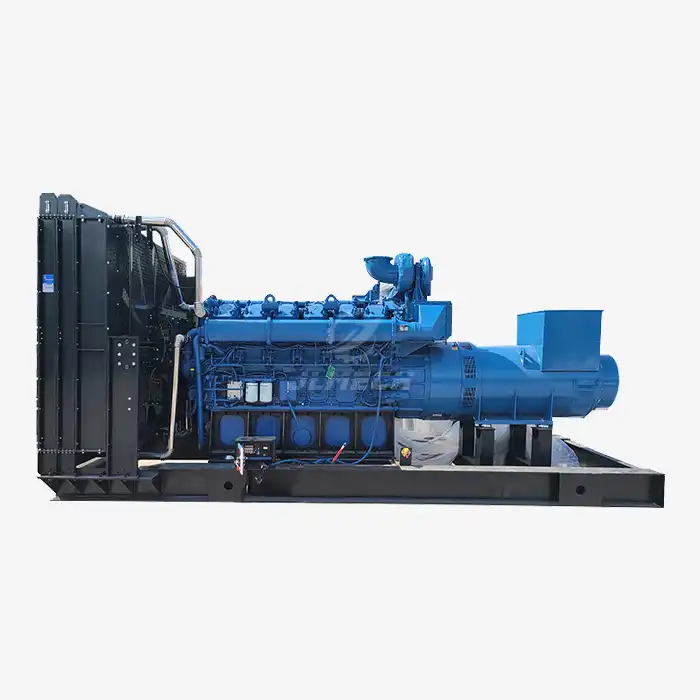 VIEW MOREHigh Protection Diesel Generator Set
VIEW MOREHigh Protection Diesel Generator Set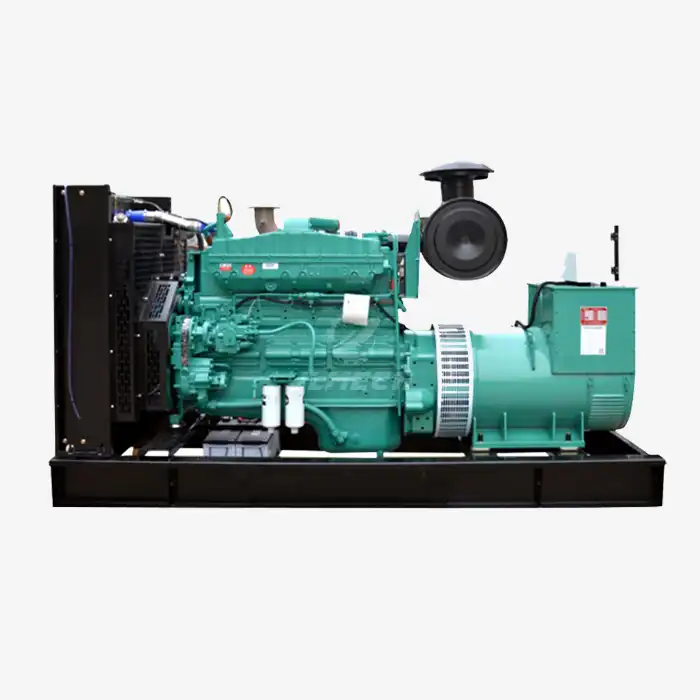 VIEW MOREdiesel generator 100 kw
VIEW MOREdiesel generator 100 kw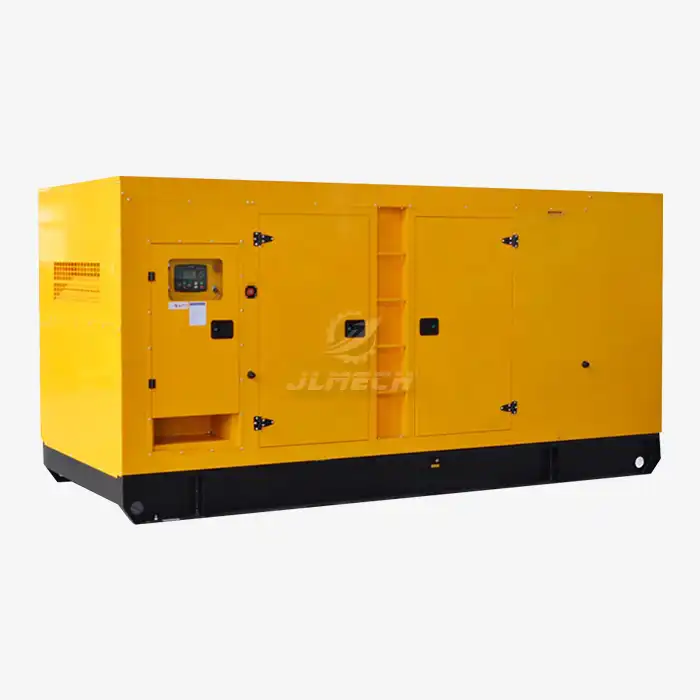 VIEW MORElargest diesel generator
VIEW MORElargest diesel generator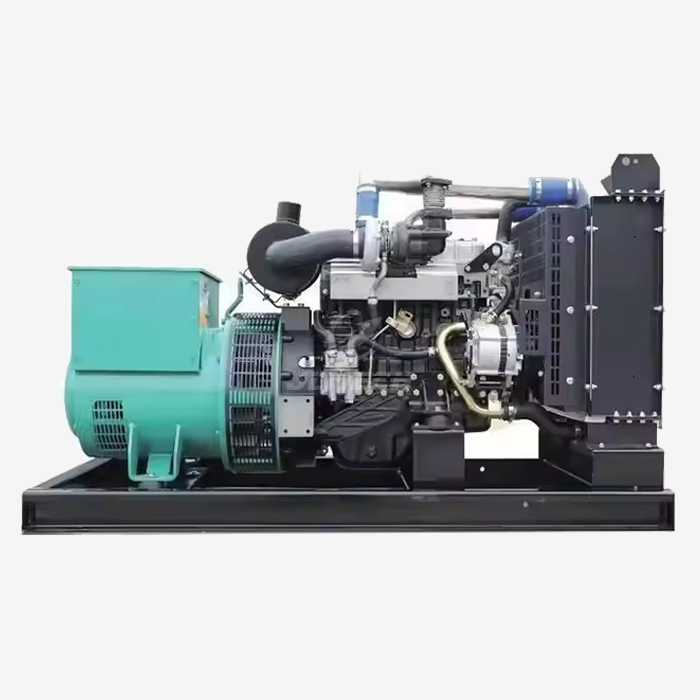 VIEW MOREkubota diesel generator 35kw
VIEW MOREkubota diesel generator 35kw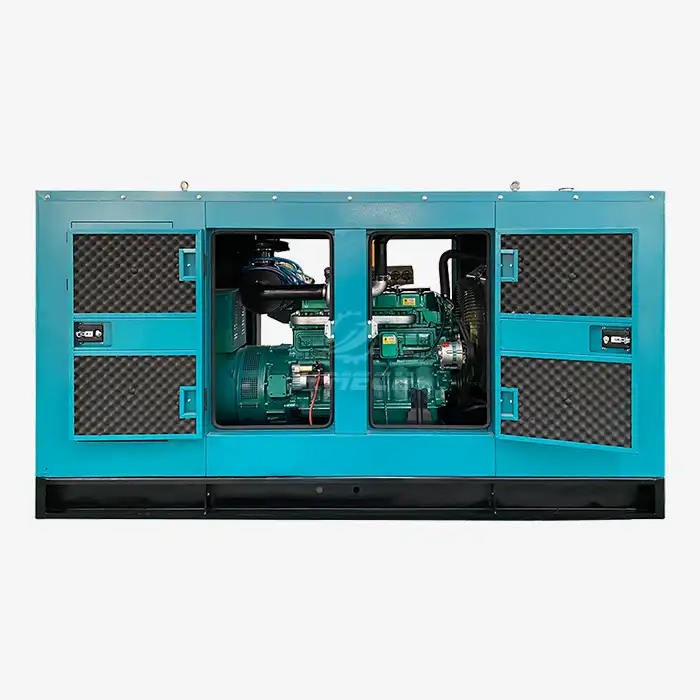 VIEW MORE150kw diesel generator noiseless
VIEW MORE150kw diesel generator noiseless VIEW MOREelectric powered leaf blower
VIEW MOREelectric powered leaf blower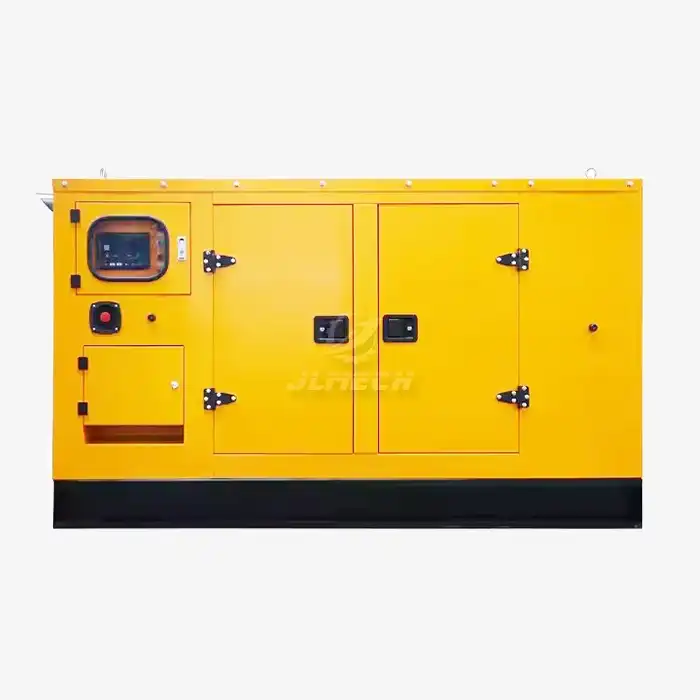 VIEW MORE24kw 30kva silent diesel generator set
VIEW MORE24kw 30kva silent diesel generator set



